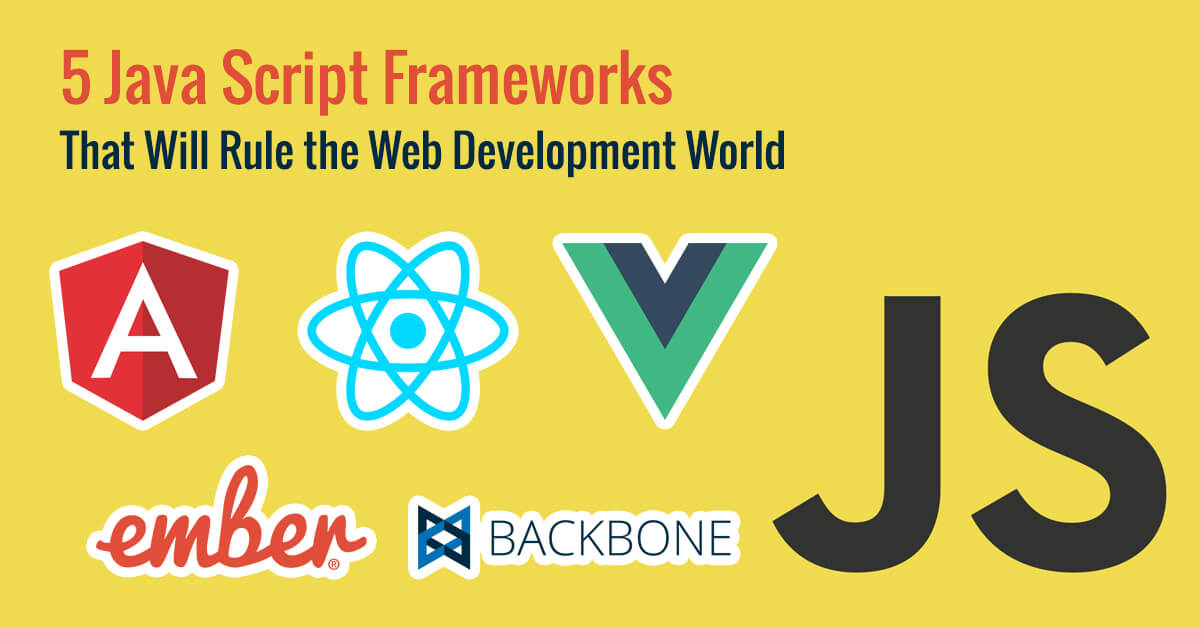
As 2019 wraps up, it’s time for front-end developers to start looking for the best JavaScript frameworks that will rule the web development world in 2020. Amidst the multitude of JS frameworks that are touted to be a big hit next year, narrowing down your choice to pick the right one could be a tough decision. To save your time in doing research for finding out the best frameworks to consider in 2020, we’ve compiled a list that will help you build feature-rich web, desktop, and mobile applications. Let’s have a look at them.
1 Angular
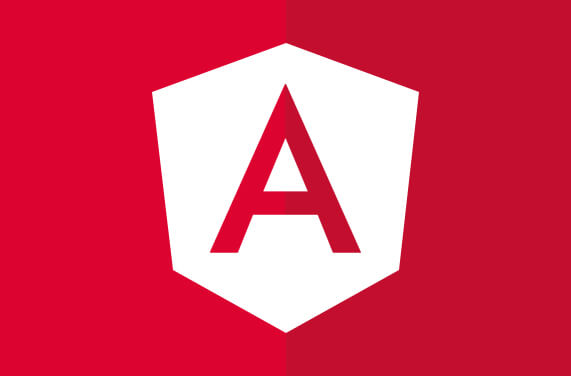
This is one of the most efficient, powerful, and popular open-source frameworks developed and maintained by Google. By using this framework, mobile app development companies can create interactive single-page web applications (SPA). The best thing about this full-featured framework is that it is a part of MEAN and LAMP stacks and is actively used by large-sized business enterprises.
Advantages:
- Large ecosystem
- Faster load time
- Google long-term support
- High performance
- Increased security
- High-quality code generation
- Smooth testing
- Top-tier programming style
- A complete set of tools
- High scalability
- Enhanced design architecture
- Supported by millions of developers
Disadvantages:
- Steep learning curve
- Verbose and complex
- Limited SEO options
- CLI documentation lacks information
- After Bootstrap, developers struggle to configure the framework.
- Utilizing the scopes is easy but it is tough to debug them.
- Migrating legacy systems from AngularJs to Angular will take a significant amount of time.
2 React (also called ReactJS)

Created and maintained by the social media giant Facebook, React has garnered immense popularity across the world within a short period of time. This open-source JavaScript library is useful for building interactive UIs, responsive single-page applications (SPA), and cross-platform apps as well. In the 2018 survey conducted by ‘The State of Javascript’, React surpassed Angular and many other open-source frameworks in almost all parameters. Since then, it has become the most preferred UI framework among front-end developers and app development services providers.
Advantages:
- Easy to learn and use
- Dynamic web app development is easier
- Reusable components
- Performance enhancement due to virtual DOM
- SEO friendly
- Support a handy set of tools that make development easier
- Easy to test the applications and debug their codes native tools
- Strongly recommended by popular brands like Whatsapp, Netflix, and The New York Times.
Disadvantages:
- React is evolving so fast that it becomes challenging to make a detailed documentation. To counter this problem, many developers create their own documentation, which many times, result in poor execution.
- The high pace of development is another shortcoming of React. When the environment changes continuously, many developers face a shortage of time to relearn the advanced ways of performing tasks. As a result, they fail to keep up with such a fast-paced environment.
- Unlike AngularJS, it is not a full-featured framework. Developers need to have in-depth knowledge of integrating UI free library into an MVC framework.
- Many developers consider JSX as a barrier, especially the new ones. They often complain about its complexity and steep learning curve.
3 VueJS
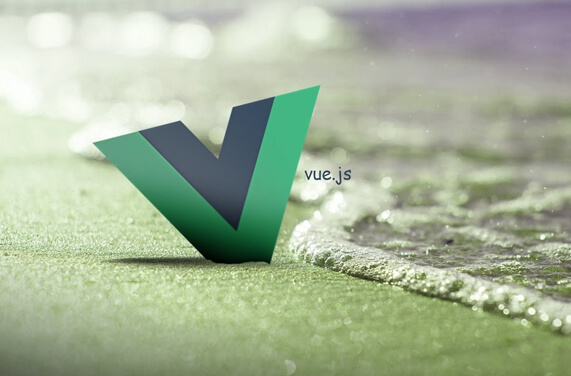
Launched back in 2014, this open-source JavaScript framework has taken the web development world by storm. Since its release, it’s been giving a tough competition to both React and Angular and is predicted to be a big hit in the year 2020. Presently, more than 2 lakh live websites are using this platform including some top brands such as Adobe, Alibaba, Nintendo, Buzzfeed, TrustPilot, Grammarly, Behance, and many more.
Advantages:
- Easy to learn – Small learning curve
- Great flexibility and fewer restrictions
- Detailed and extensive documentation
- Two-way communication due to its MVVM architecture
- Strong community support
- Ecosystem is small and fast
- Syntax is easy to understand
- Code reusability
Disadvantages:
- Being a relatively new language, VueJS is not supported by a wide community of developers.
- More flexible than required. Over-flexibility can complicate things in a big project and developers may end up committing more errors.
- Lack of many useful plugins. This means programmers may resort to some other frameworks.
- Limited resources are available. The tools required for development are not as many as Angular or React has.
- Language barrier is one of the serious drawbacks of Vue.JS. A major chunk of its content is written in Chinese.
4 Ember
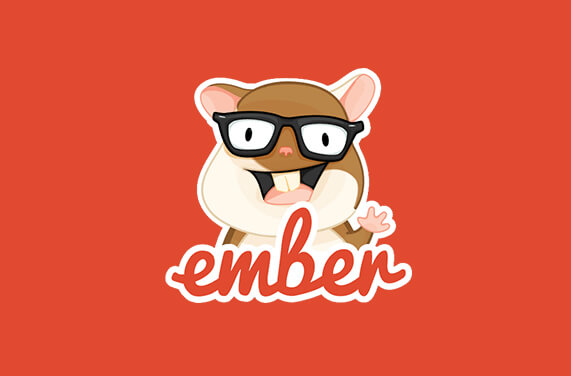
Another open-source JavaScript framework that will be a big hit in 2020 is Ember. Based on the MVVM (Model-View-ViewModel) pattern, this front-end JS framework is ideal for developing scalable single-page mobile and desktop applications. Today, popular brands like LinkedIn, Microsoft, Nordstrom, etc. are using the Ember.JS platform.
Advantages:
- Excellent documentation
- Plenty of features within the framework
- URL support
- Data binding
- Increased performance
- Built-in router
- Evolving continuously
- Full-stack development options
- Debugging facilities
Disadvantages:
- Steep learning curve
- Limited libraries and code examples
- Slow rendering in the beginning
- Small community
- No standard set of UI elements
- Too big for small projects
- Deep linking – not reliable
- Slower development
5 Backbone.JS
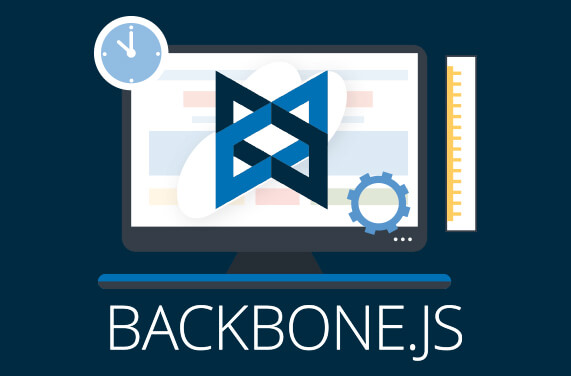
Developed in 2010, this is one of the most popular JavaScript frameworks that mobile app development companies will leverage in 2020. Based on the MVC architecture, this open-source framework allows developers to quickly build single-page applications (SPA). This lightweight JavaScript library can be quickly synchronized with backend projects to provide unparalleled support for RESTful APIs. To make the most of this JS framework, developers need to use tools like Thorax, Chaplin, Handlebars, Marionette, and more. Today, several top brands like Uber, Coursera, WordPress, Accenture, Airbnb, SoundCloud Mobile, etc. rely upon this JS library.
Advantages:
- Easy to learn and understand
- Event-driven communication features
- Ideal for Minimum viable product (MVP) development
- No need for jQuery.data
- No more JavaScript Spaghetti
Disadvantages:
- Longer development time
Final Words
Wondering which Javascript framework should you choose for your next project? If so, we suggest you compare the architecture, learning curve, performance, documentation, community support, and pros & cons of each framework. This will help you in making the right choice. If you have any more questions or looking for a talented front-end developer, drop us a line to info@technoscore.com

